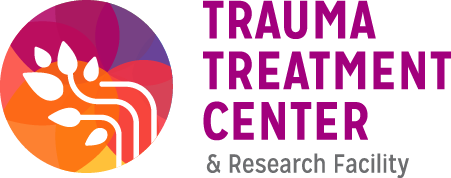At its core, childhood trauma is “any situation in which a child perceives that they are in an extremely frightening, dangerous or overwhelming position.” Needless to say, the root of one person’s childhood trauma might be very different from that of another. Childhood trauma is often the result of abuse, violence, accidents or illnesses, neglect, or sudden loss, and can come from home, school, or the problems of a larger community.
Regardless of the cause, someone’s specific childhood trauma can affect them for decades, leaving lasting neurological and physiological effects that can manifest in surprising ways throughout a person’s life. The good news is that more adults from all walks of life are realizing that treatment for trauma experienced in childhood can help make adult life less difficult.
You’re Not Alone
If you’ve experienced childhood trauma, you’re not alone. Unfortunately, there are many childhood trauma statistics that illuminate this point:
According to the HHS, more than two thirds of children reported at least one traumatic event by age 16.
While RAINN reports that sexual violence has decreased over the last 20 years, a new report of childhood sexual assault occurs every nine minutes.
One survey of children between the ages of 12 and 17 found that eight percent had been sexually assaulted at least once, 17 percent had been physically assaulted, and 39 percent had witnessed violence.
One study found that 18 percent of young people in the U.S. have lost at least one friend or family member to homicide.
The CDC found that about 61% of adults surveyed across 25 states reported that they had experienced at least one type of adverse childhood experience (ACE), and nearly one in six reported they had experienced four or more types of ACEs.
While these statistics might seem disheartening, the truth is that if you have experienced trauma during childhood, you are not alone. You can work through all kinds of childhood trauma—starting with recognizing the signs of childhood trauma, and seeking professional help.
What are the signs of childhood trauma?
Trauma can manifest itself differently for each individual. You may find yourself experiencing changes in your mood, like sudden aggression, feelings of anxiety, depression, or avoidance. Trauma can show up as physical symptoms, too, like fatigue, headaches, sleep problems, muscle tension or mysterious aches. And those are only a few of the possible symptoms a person dealing with trauma might experience.
Many people who are unable to engage in trauma treatment might feel like they are responsible for the trauma they feel; this internalizing can be physically and emotionally draining. Trying to push it down or bury the pain often only allows symptoms to grow over time. It is important to seek trauma treatment not only for a sense of relief, but also to help alleviate physical and neurological symptoms like these.
Trauma Treatment Center
Trauma Treatment Center is happy to help assist in identifying and alleviating trauma, regardless of age. We offer many childhood trauma treatment modalities to help children, teens and adults heal. We can incorporate Eye Movement Desensitization and Reprocessing into your trauma treatment plan.
Do you need to talk to kids about trauma?
Lots of kids might seem tough, but keeping an eye out for signs of trauma is a great way to know when to jump in and help.
Listening without expectations can make a big difference.
Kindness and patience go a long way.
For more information about childhood trauma, check out some of our other blog posts:
A Caregiver’s Guide to Childhood Trauma
What are the stages of trauma treatment recovery?

